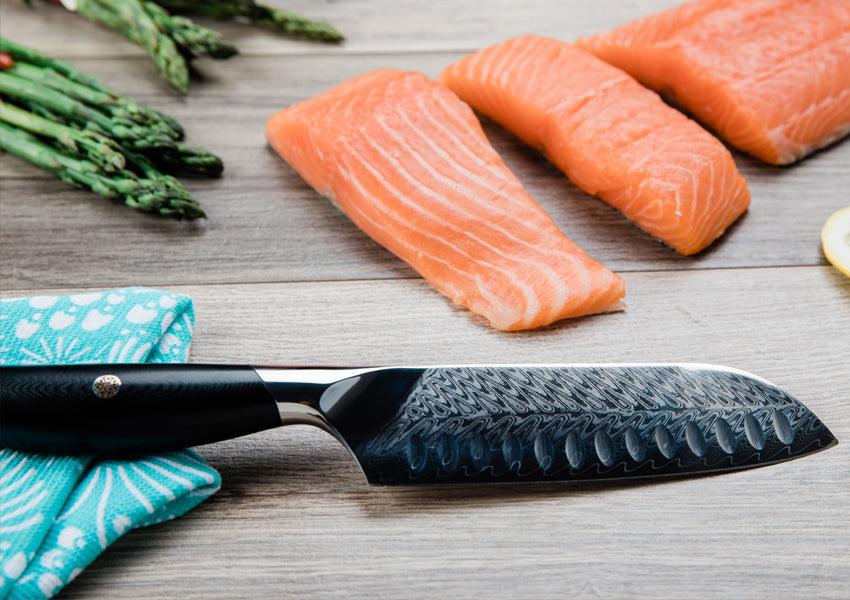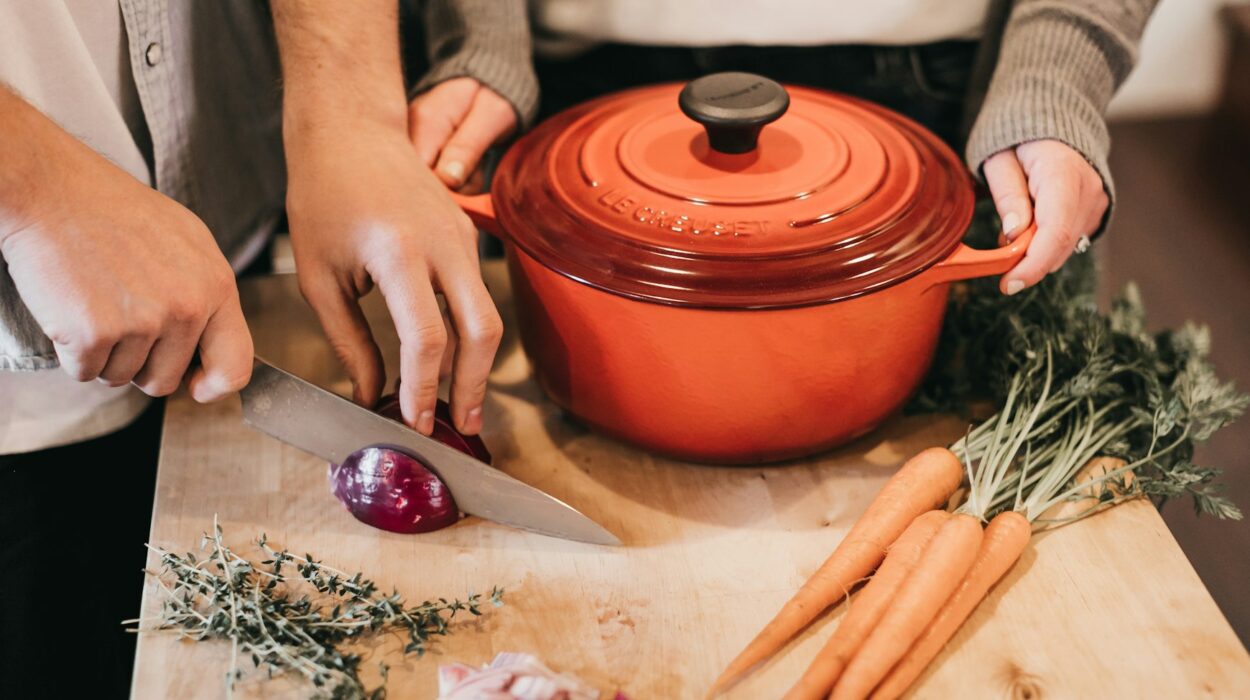Having a sharp and durable knife is essential for any kitchen hobbyst. To ensure your knife is up to the task, it’s important to understand how to test the hardness of your knife blade. In this detailed guide, we will walk you through various methods to test knife blade hardness.

Understanding Knife Blade Hardness
Knife blade hardness refers to the blade’s ability to resist deformation. This property is crucial as it impacts the knifes performance, durability, and edge retention. The hardness of a knife blade is measured using the Rockwell scale, denoted as HRC (Hardness Rockwell C).

Why is Testing Blade Hardness Important?
Testing blade hardness is important because it helps determine the knifes performance and longevity. A knife with appropriate hardness will maintain its edge longer, require less frequent sharpening, and provide a more reliable cutting experience.
The Technology Behind Hardness Testing
Several methods can be used to test knife blade hardness. These include the Rockwell hardness test, the file test, and the use of a hardness tester. Each method has its own advantages and can provide accurate results if performed correctly.

Rockwell Hardness Test
The Rockwell hardness test is the most widely used method for testing knife blade hardness. It involves applying a fixed load to the blade and measuring the depth of penetration. The HRC value indicates the hardness level of the blade.
Step-by-Step Guide to Rockwell Hardness Test
- Prepare the knife blade by cleaning it thoroughly.
- Place the blade under the hardness tester.
- Apply the fixed load to the blade.
- Read the Rockwell hardness value from the tester.

File Test Method
The file test is a simple yet effective method for testing knife blade hardness. It involves using a set of files with known hardness levels to scratch the blade. The file that can scratch the blade determines the hardness level.
Step-by-Step Guide to File Test
- Obtain a set of files with different hardness levels.
- Clean the knife blade.
- Use each file to scratch the blade.
- Determine the hardness level based on which file can scratch the blade.
Using a Hardness Tester
A hardness tester is a more advanced tool for measuring knife blade hardness. It provides accurate readings by applying pressure and measuring the resistance of the blade.
Step-by-Step Guide to Using a Hardness Tester
- Clean the knife blade.
- Place the blade in the hardness tester.
- Apply pressure according to the testers instructions.
- Read the hardness value from the tester.
Common Hardness Levels for Kitchen Knives
Most kitchen knives have a hardness level between 55-62 HRC. A higher HRC value usually means the blade is harder and more durable, but it can also be more brittle.
Advantages and Disadvantages of Different Hardness Levels
A knife with a hardness level below 55 HRC may not hold an edge well, while a knife above 62 HRC could be too brittle for regular kitchen use. Its important to find a balance.
How Blade Hardness Affects Knife Performance
The hardeness of a knife blade directly impacts its sharpness, edge retention, and overall performance. A harder blade will stay sharp longer, but may be more difficult to sharpen when it does dull.
Maintaining Your Knife Blade Hardness
To maintain the hardness and performance of your knife blade, regular sharpening and proper storage are key. Using the right sharpening tools and techniques is crucial.
Check out this guide on how to sharpen your knife effectively.
Common Mistakes to Avoid
Avoid using the wrong sharpening tools, applying excessive force, or neglecting regular maintenance. These mistakes can reduce the hardness and longevity of your knife blade.
Expert Tips for Testing Knife Blade Hardness
Here are some tips from experts to help you accurately test your knife blade hardness:
- Always clean the blade before testing.
- Use the same method consistently for reliable results.
- Store your knife properly to maintain its hardness.
Frequently Asked Questions (FAQs)
1. What is a good hardness level for kitchen knives?
A good hardness level for kitchen knives is generally between 55-62 HRC.
2. How often should I test my knife blade hardness?
Testing blade hardness every few months or when you notice a change in performance is recommended.
3. Can I test blade hardness at home?
Yes, you can test blade hardness at home using methods like the file test or by using a hardness tester.
Conclusion
Testing your knife blade hardness is an essential step to ensure optimal performance and longevity. By following the methods outlined in this guide, you can accurately determine the hardness of your knife blade and maintain it effectively.
As an Amazon Associate, I earn from qualifying purchases.
For more information on maintaining your knives, check out our detailed articles on sharpening a chef knife, choosing the right fillet knife, and understanding Serbian chef knives.


